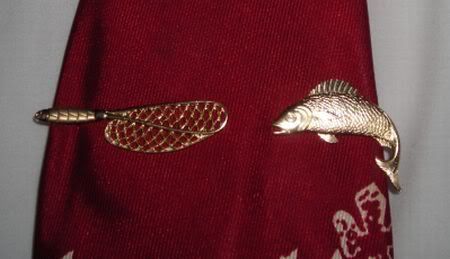A TOUCH OF CRASHDEPRESSION-ERA CHIC
By REBECCA ROSENBERG
July 28, 2008
The duds say it all - and it's depressing.
Taking a cue from the grim economy, this fall's fashions at Banana Republic, Gap and H&M are featuring a distinctly Depression-era trend of cloche hats, pencil skirts, conductor caps and baggy, vintage-style dresses.
One of the most popular styles appears to hark back to the impish, newsboy getup of the 1930s: baggy trousers, caps, pinstriped vests, oxford lace-up shoes and utilitarian handbags.
"We associate the newsboy look with urban poverty - street kids of the 1930s," said Daniel James Cole, a professor at the Fashion Institute of Technology.
"Given that we're in an unstable economy and an uncertain political landscape, it's possible that a retro style has come back as a way to connect with our heritage."
Fashion historian Heather Vaughan of the Western Region Costume Society of America said the new look may make economic sense, too.
"Even though we're in a recession, people still want interesting clothing," she said. "They're looking for more classic styles and subdued tones that will last a few seasons instead of one."
One newsboy-style outfit from The Gap drew mixed reviews from Wall Streeters last week.
"It looks manly," said Philipp Sielfeld, 29, of Goldman Sachs. "It reminds me of the little guys selling the newspapers during the Great Depression."
Adrien Vanderlinden, 41, loved the look-as-social-commentary.
"It's totally appropriate given the pessimistic mood of the economy," the Upper West Side project manager said. "The vest references the three-piece Wall Street suit, the loose pants are like the dropped hemlines of the late '30s, and there's no bling."
Al Thompson, 40, a senior employee at a recruiting company, hates the look - it covers far too much for his taste. He also predicts it won't last.
"Everything in fashion and economics is cyclical," he said. "This fashion has returned just as we're hitting a point in our economy much like what we faced in the '30s."
"Everything goes away and comes back."
http://www.nypost.com/seven/07282008/news/regionalnews/a_touch_of_crash_121893.htm------------------------------
While this article mainly deals with female fashion, it can also cross over into the area of male fashion.
It was nice being ahead of the trend for once. I welcome this swing toward the 'depression chic' look as long as it is done well: no low rise trousers worn with short vests, no 'pimpish' Wal-Mart newsboy caps or fedoras and please, no cheaply made clothing that fits badly and will fall apart the first time it is worn.
Though, that last wish is a little too high a standard for modern manufacturers, it would seem...
 I'm playing with four patterns here. ;)
I'm playing with four patterns here. ;) 















































